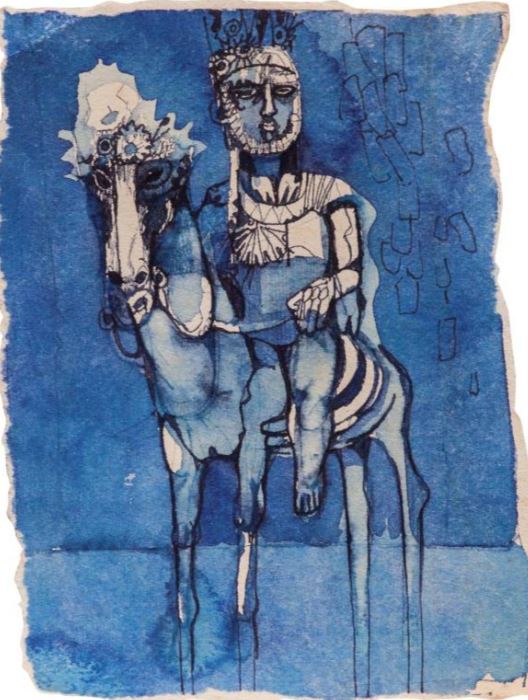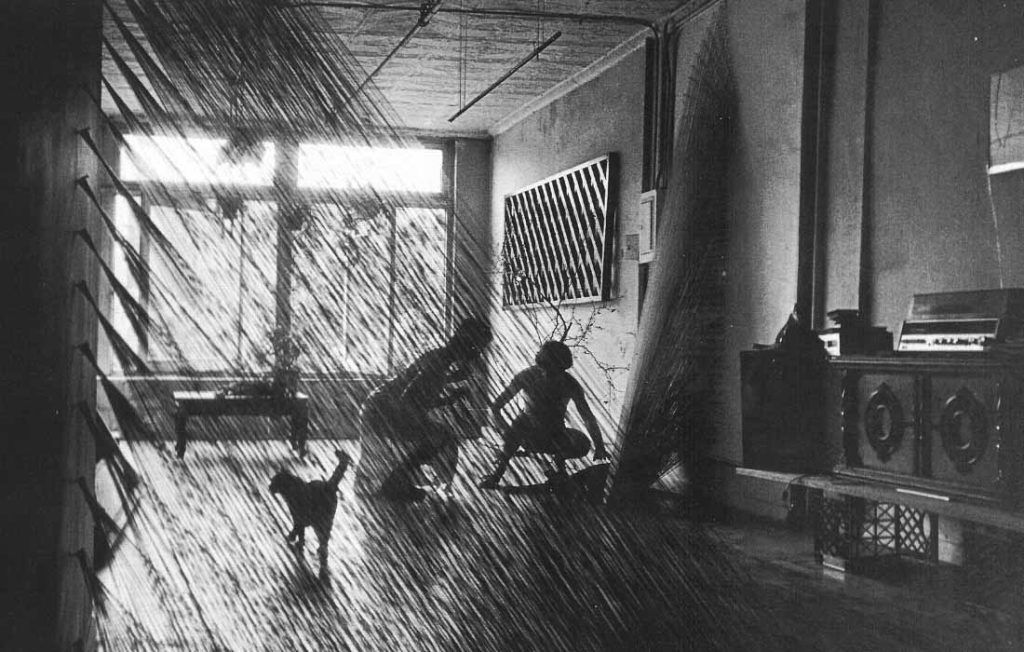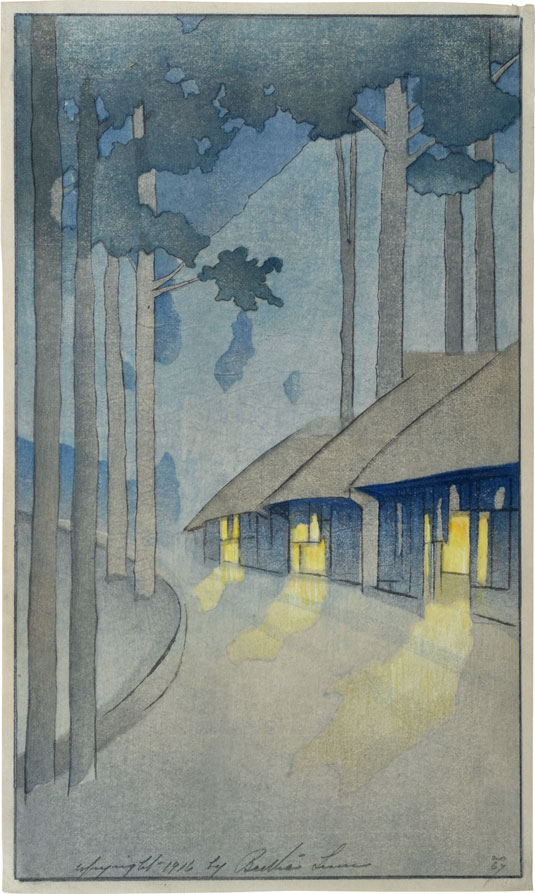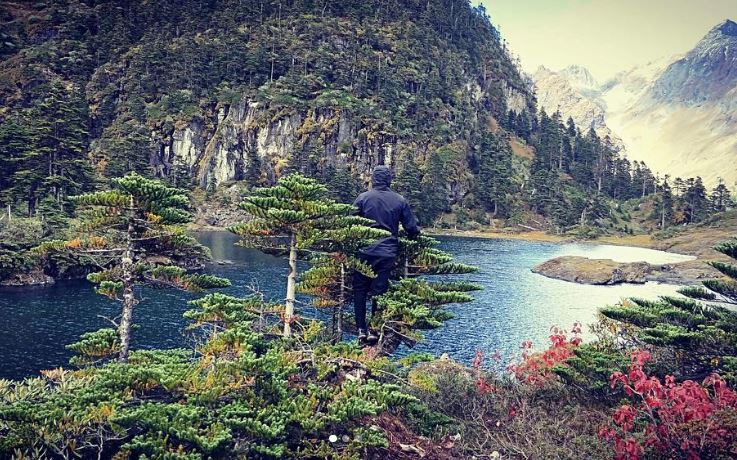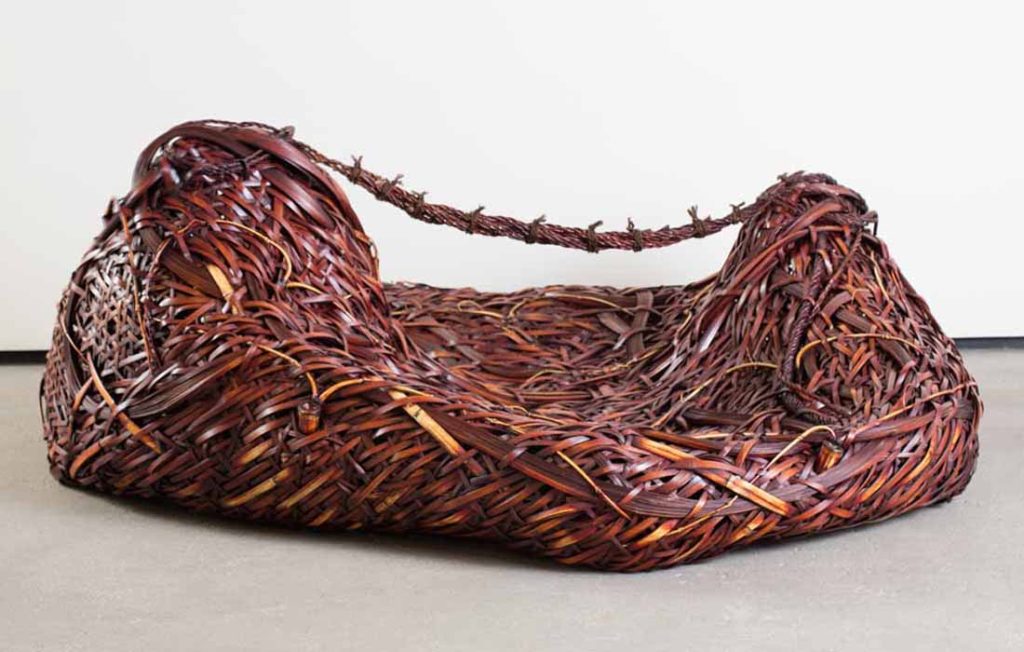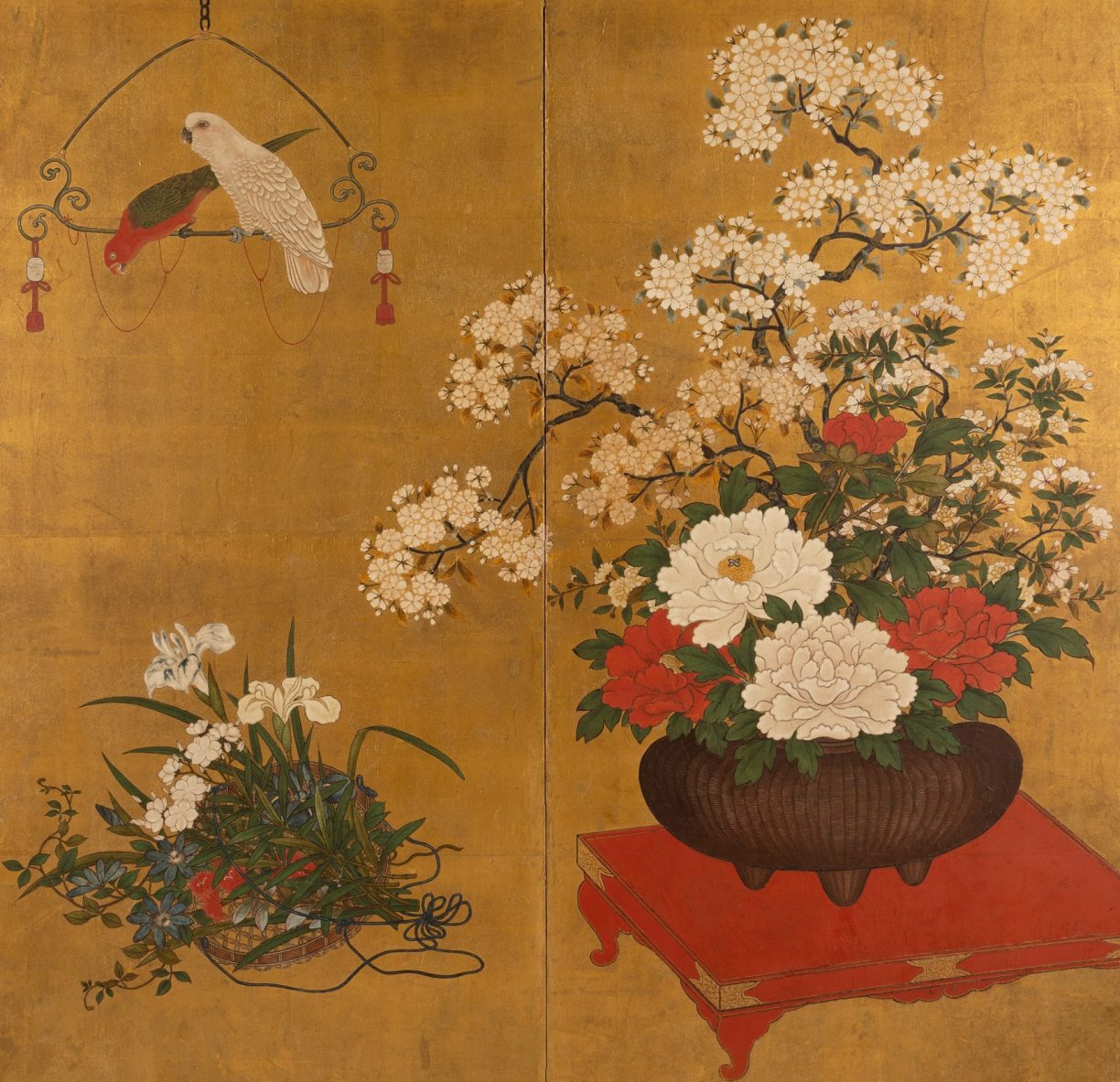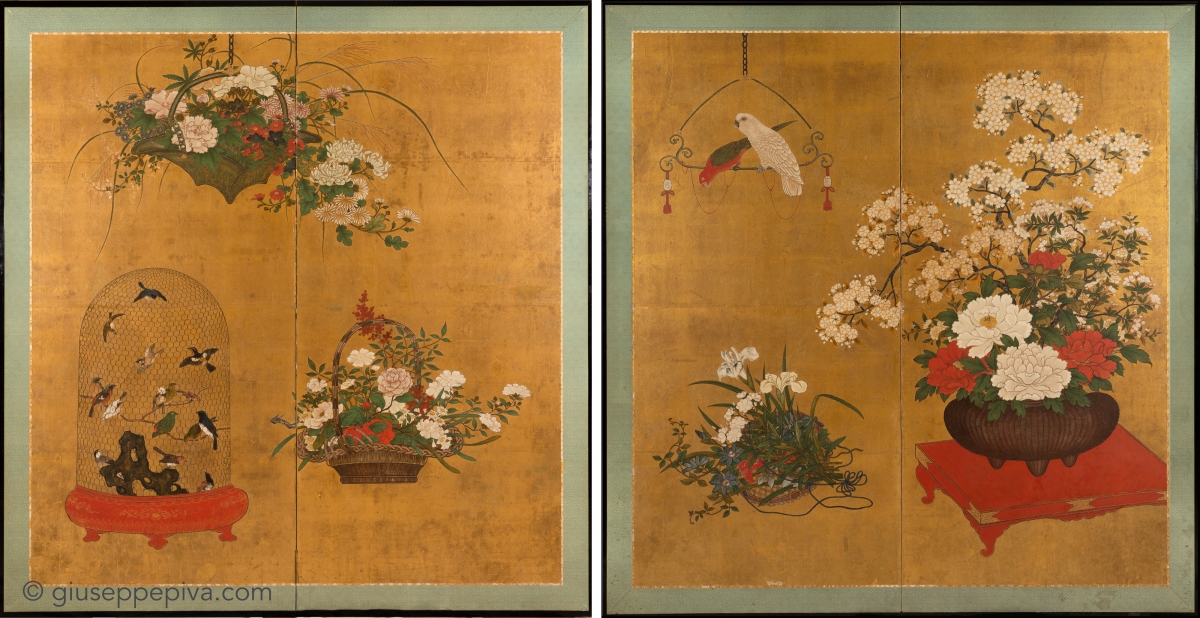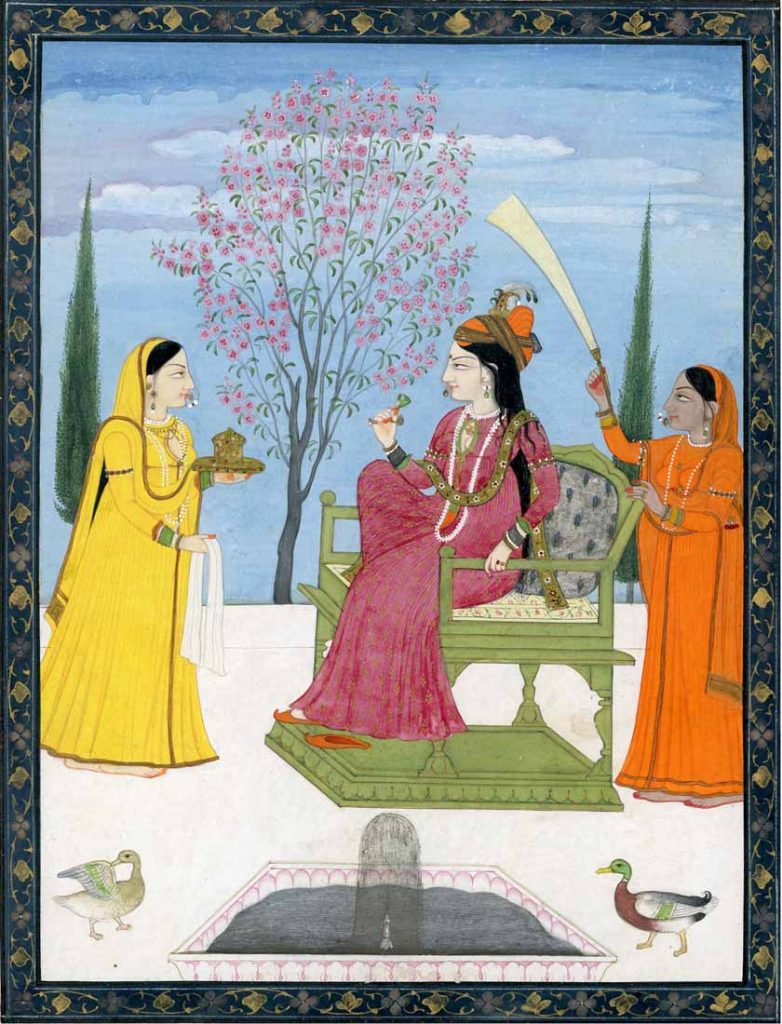
A princess enjoying paan on a terrace, Guler, circa 1790–1800, opaque watercolor heightened with gold on paper, image: 7 ⅜ x 7 in. (18.7 x 17.8 cm.), courtesy of Kapoor Galleries
This week, the United Kingdom, joined by the rest of the world, celebrates Queen Elizabeth's 70 years on the throne, longer than any other monarch in British history. Asia Week New York joins the festivities with this sumptuous and meticulously detailed depiction, with gold higlights, of a princess enjoying paan on a splendid white marble terrace. The princess, seated on an elaborate throne in the posture of royal ease, wears a courtly turban with an elaborate sarpech.
The painting is composed with a broad and vibrant color palette indicative of the Guler style. This naturalistic style of traditional Indian painting was developed by Hindu artists who were previously trained in the Mughal court and resulted from the patronage of Guler Rajas.
For more information about this painting, visit Kapoor Galleries' Virtual Exhibition Dhanvantari's Blessing, click here.
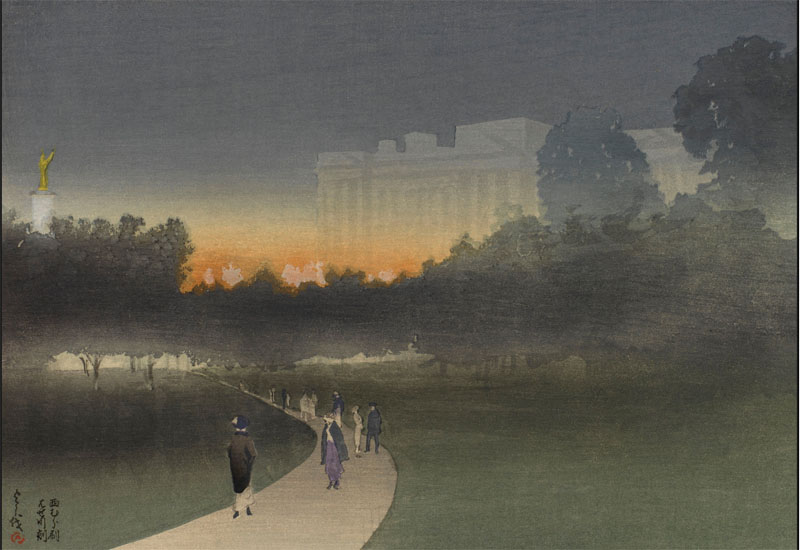
Makino Yoshio, Buckingham Palace, London, seen across Green Park, c.1911. © Akinori Makino
As part of the myriad festivities in London is the exhibition Japan: Courts and Culture, on display in the Queen's Gallery in Buckingham Palace until February 26, 2023. The Royal Collection holds some of the most significant examples of Japanese art and design in the Western world. For the first time, highlights from this outstanding collection are brought together to tell the story of 300 years of diplomatic, artistic and cultural exchange between the British and Japanese royal and imperial families. The exhibition includes rare pieces of porcelain and lacquer, samurai armor, embroidered screens and diplomatic gifts from the reigns of James I to Her Majesty The Queen.
Through the centuries, many members of the British royal family have enthusiastically acquired Japanese works of art, but Queen Mary (1867-1953), the grandmother of the present Queen, was perhaps the most prolific royal collector. Highlights on display from her collection include delicate folding fans and colorful woodcut floral prints. This atmospheric woodcut print of Buckingham Palace at dusk, on display for the first time, was presented to Queen Mary in 1928 by Makino Yoshio (1869-1956), one of the most celebrated Japanese artists in Britain at the time.
Read more, click here


